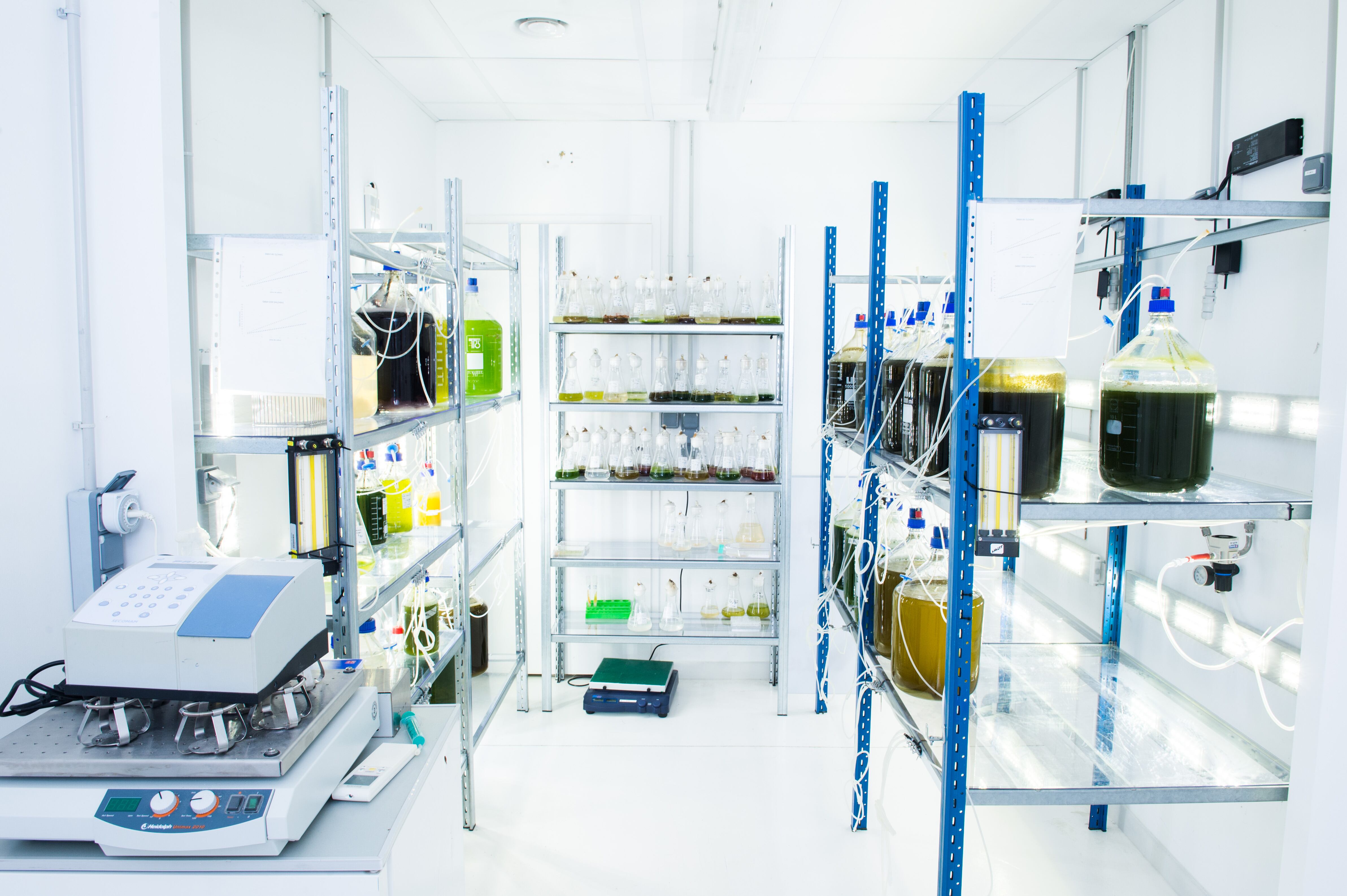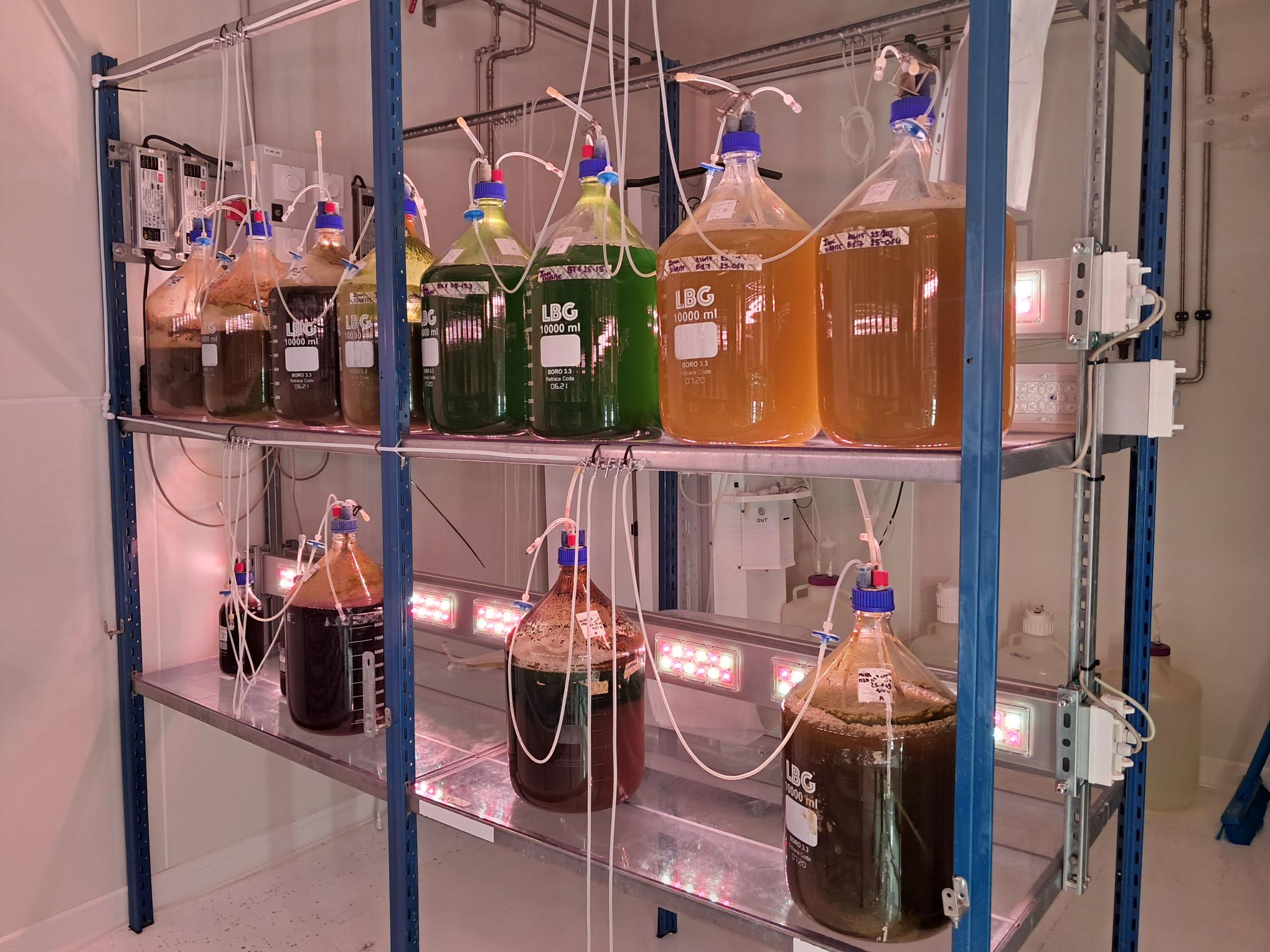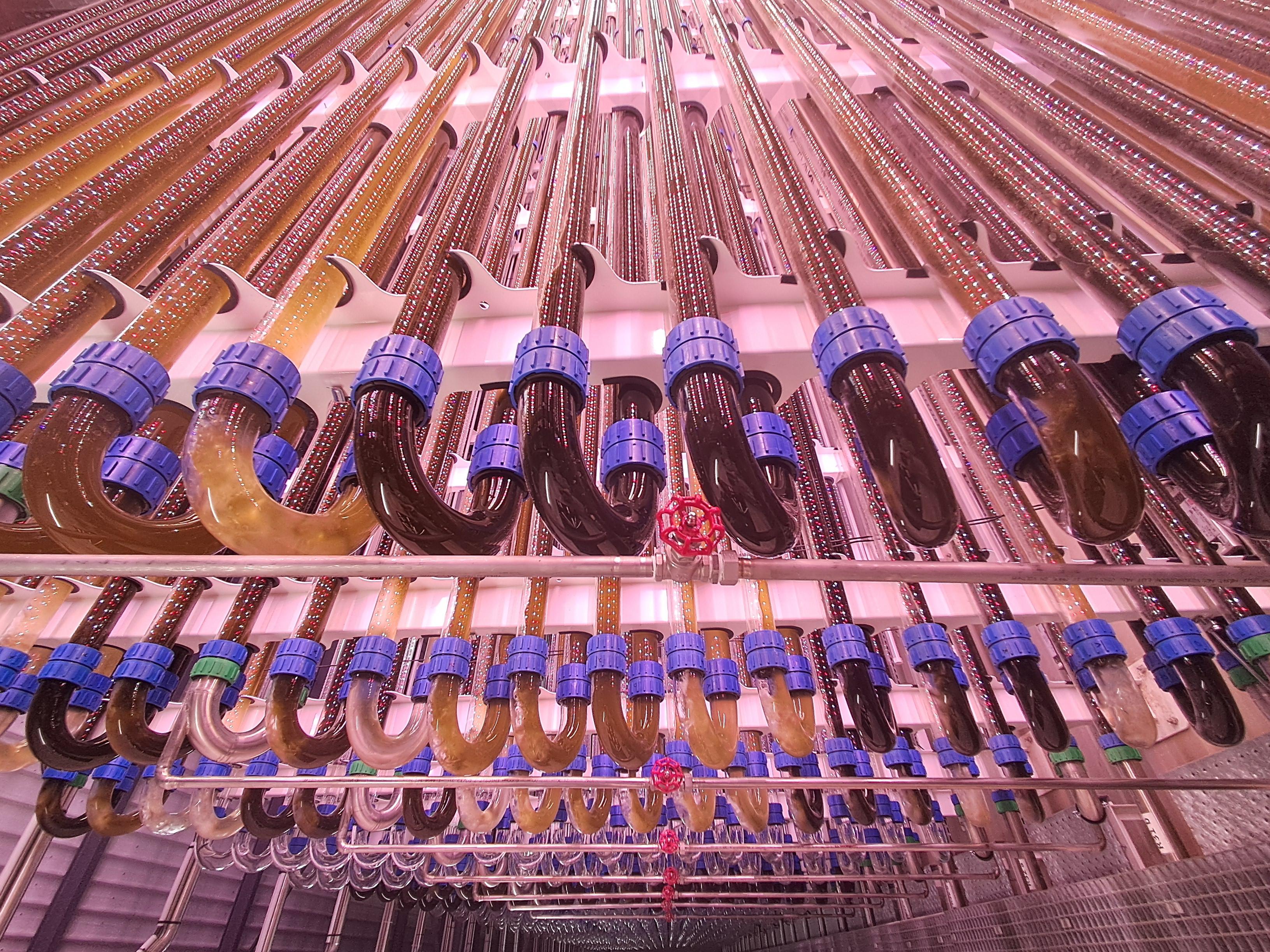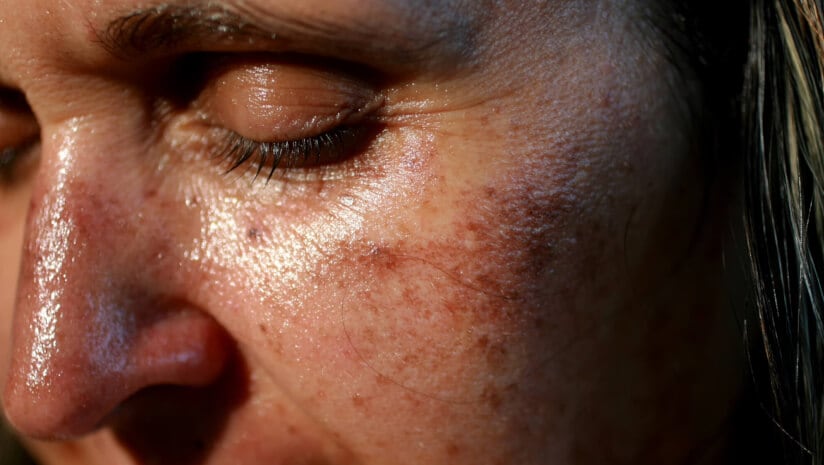The microalgae supplier, which creates ingredients for both the nutraceutical and cosmetics industries, is based in Baillargues near Montpellier in the South of France.
A pioneer in harnessing the benefits of microalgae for health, beauty and sustainability, the business was founded by Arnaud Muller-Feuga and Michel Lemar in 2007.
Over the past two decades, as demand for sustainable and effective ingredients has grown in both nutraceuticals and topical cosmetics, Microphyt has expanded its portfolio.
The company now offers 11 ingredients designed to meet growing consumer demand for natural, clinically validated and eco-friendly solutions.
Microphyt’s novel nutrition portfolio includes microalgae-based ingredients that support memory and mental energy, stress management, digestive health, exercise capacity and bone health.
Meanwhile, its beauty ingredients feature microalgae-based actives for beauty sleep, anti-aging, dry dandruff control, UV and pollution protection, sensitive and blemish-prone skin, and overall skin revitalization
Launching the world’s first industrial-scale microalgae biorefinery
Under the European SCALE project—supported by Horizon 2020 and the Bio-Based Industries Joint Undertaking—Microphyt collaborated with 10 European partners to launch the world’s first industrial-scale microalgae biorefinery.
This is the result of a four-year scientific, technological and industrial collaboration.
The 5,000 m² biorefinery features exclusive photobioreactor technology, enabling large-scale cultivation of microalgae under controlled and sustainable conditions.
The site is designed to produce over 100 tons of natural active ingredients annually and also incorporates eco-friendly practices such as solar self-consumption and circular resource valorization.
From the lab to the biorefinery: How Microphyt develops new ingredients
So where does the journey begin for a new microalgae-based ingredient?
According to Cyrielle Houdin, Microphyt’s marketing manager for cosmetic ingredients, the process starts with selecting a new algae strain from a library based on research.
“We receive a small tube with just a few cells of microalgae and then grow them in the lab,” she explained. “We scale up to one liter, add carbon dioxide to boost growth and then check density and morphology.”
After this, the microalgae undergoes tests and analytical evaluations to assess changes in color and quality.

“We study several species at once,” said Christel Lemaire, marketing manager for nutraceuticals at Microphyt. “Microalgae come in various colors—green, brown, gold, pink—and each contains different molecules. One might support digestive health, while another benefits cognitive function.”

Once researchers are satisfied with the one-liter batch, they scale up to five liters, then 10.
“At 10 liters, we’re ready for pilot scale,” Houdin said.
Microalgae are then cultivated either in a greenhouse with natural light or in the newer closed system that allows precise control of light and temperature.
Inside Microphyt’s patented closed-circuit system, microalgae receive a culture medium and food-grade CO₂.
“This system integrates CO₂ throughout the culture process, improving light and CO₂ access,” Houdin explained.
“It creates waves in the liquid, mimicking natural conditions,” Lemaire added. “We can regulate pH and light based on the species’ needs. Microalgae naturally capture CO₂ and produce oxygen, making them sustainable by nature.”

After pilot production, Microphyt scales up further before harvesting. Water is removed, and extraction is performed using ethanol or water, depending on the molecule that is needed.
To offer a better idea of what is achievable with microalgae, the company has also developed a range of prototypes to showcase its ingredients in various formats, including powders for drinks and even mini chocolate bars.
Hero Microalgae: Phaeodactylum Tricornutum and Porphyridium Cruentum
Microphyt’s flagship microalgae is Phaeodactylum tricornutum, rich in fucoxanthin, which supports cognitive function and crosses the blood-brain barrier.
“We’ve worked with this for 15 years,” Lemaire said. “It’s used in BrainPhyt, GamePhyt and PhaeOptim, as well as in the cosmetics ingredients PhycoAge and PhycoSi.”
Another standout microalgae is Porphyridium cruentum, a red microalgae used in Renouvellance, a biomimetic cosmetic solution that protects skin from UV and pollution. The attractive pink ingredient is rich in phycoerythrin and exo-polysaccharides, offering this dual protection.
Looking ahead Lemaire and Houdin identified the beauty-from-within trend—where cosmetics and nutraceuticals are converging to support holistic wellness-as a strategic focus to watch for future product innovation and business growth.


